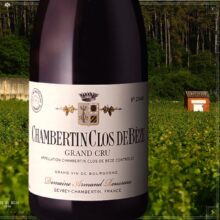
Product information
Domaine Armand Rousseau Grand Cru ‘Clos de Bèze’ 2002
Pinot Noir from Gevrey-Chambertin, France, Côte-de-Nuits, Burgundy
Description
Price on Application – Contact us.
Good ruby-red. Black raspberry, licorice and chocolatey oak on the nose. Offers compelling lushness, sweetness and fat for a 2002; wonderfully harmonious from the outset. Very suave, clearly defined flavors of blackberry and blueberry retain their shape through to the very long aftertaste. Tannins are quite fine.
Neal Martin, Vinous 94+ Points Tasted Mar 2005
The 2002 Chambertin Clos de Beze bursts with spicy red cherry aromas. This medium to full-bodied wine has an exceptionally spicy personality that is crammed with red licorice (Twizzlers), candied raspberries, Asian spices, and blackberries. Wonderfully focused and armed with substantial depth, this medium to full-bodied wine’s exceedingly long finish displays awesomely ripe tannin. Anticipated maturity.
Pierre Rovani, The Wine Advocate 94-96 Points Tasted Jun 2004 Drink 2008-2020
While not nearly as reserved as it once was the beautifully spicy and well-layered nose is on the restrained side with a distinctly earthy character to the elegant mix of both red and dark pinot fruit aromas that are just now beginning to display secondary hints. There is fine concentration to the utterly delicious flavors that are exuberant, big, rich, round and seductively sappy before culminating in an explosive and strikingly persistent finish. This remains an exciting wine of exceptional purity and balance. For my taste this is very much still on the way up and while it can certainly be drunk with pleasure it seems quite clear that this is nowhere yet near its apogee and as such, I would recommend allowing this to continue to slumber. Multiple and consistent notes save for one bottle that was initially reduced but quickly opened up.
Allen Meadows, Burghound 94 Points Tasted Apr 2017 Drink: Try from 2022+
Provenance: Purchased on Release ~ Official Australian Importer ~ Climate Controlled Cellar. Bottle shots below show fill height and condition.
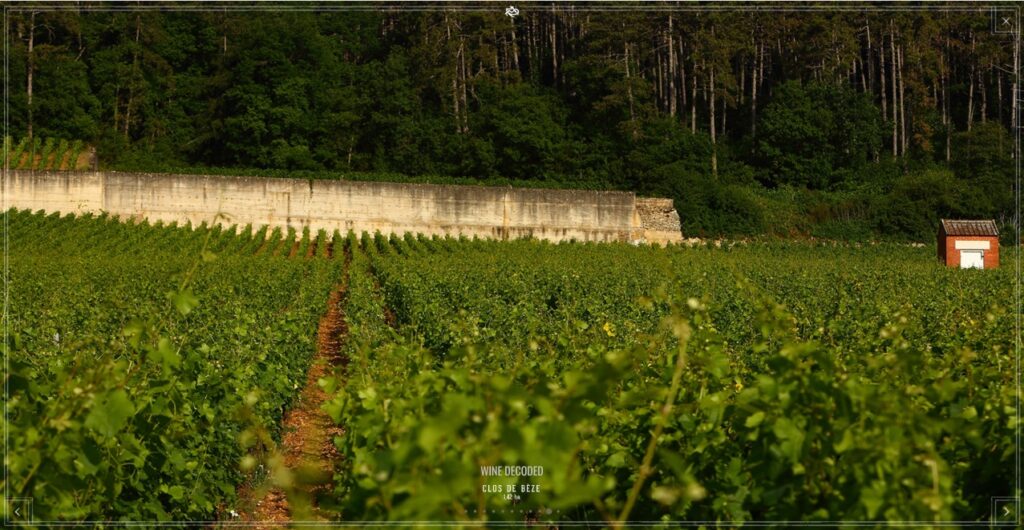








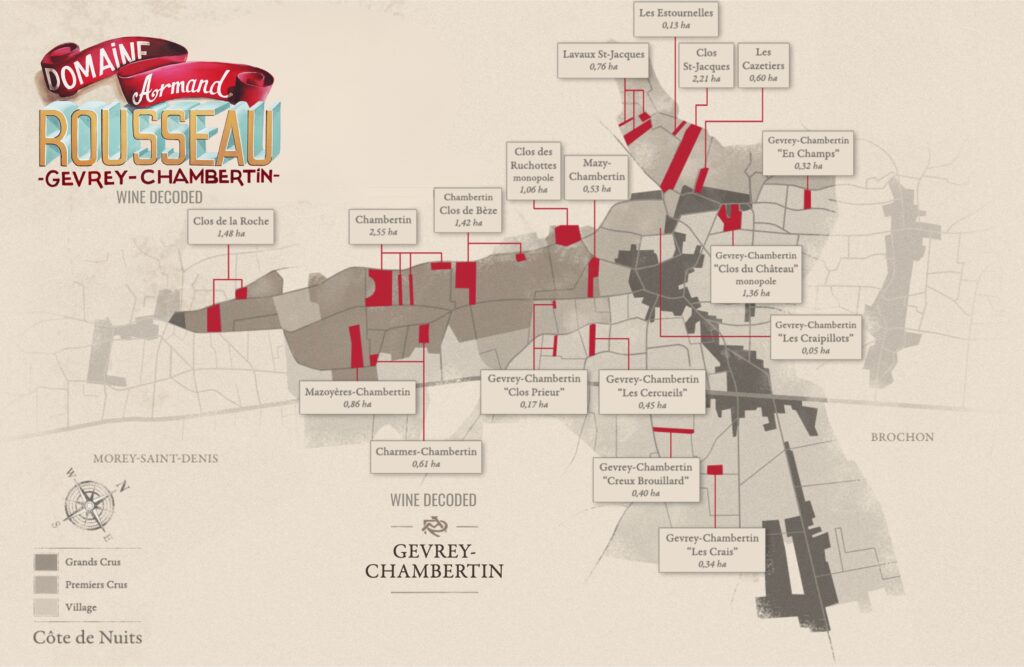
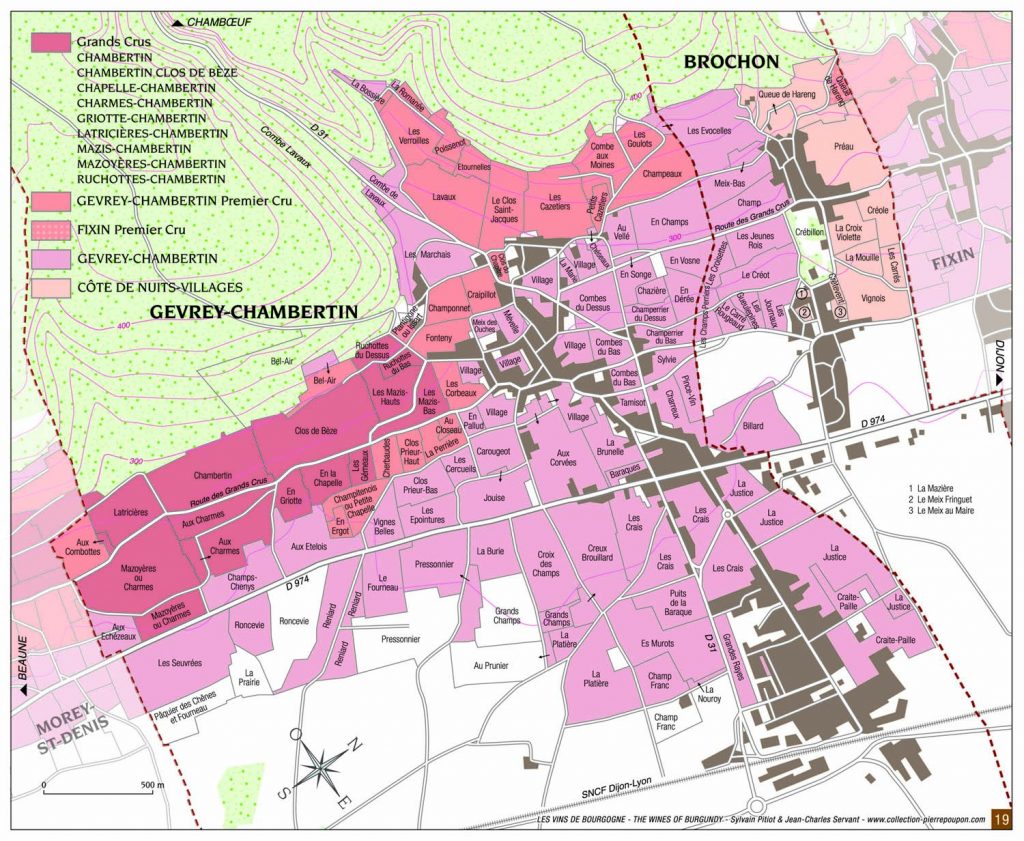
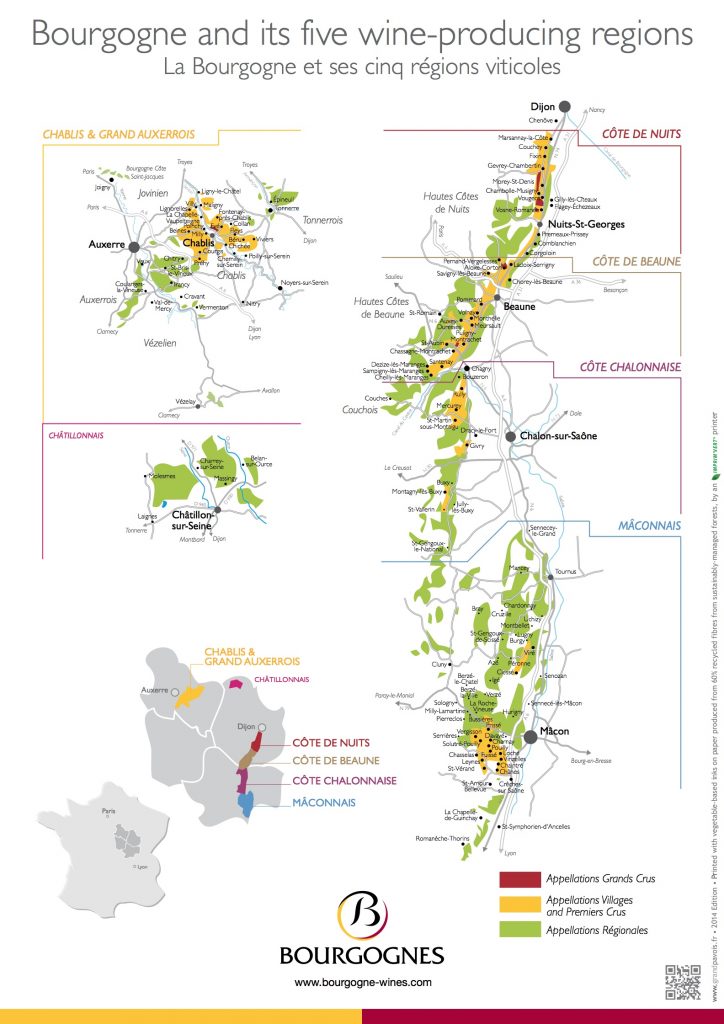
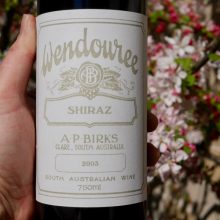
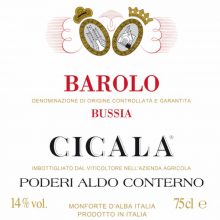
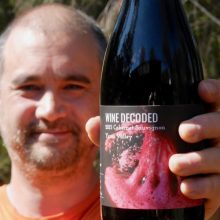
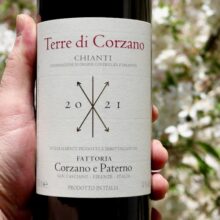
You must be logged in to post a comment.